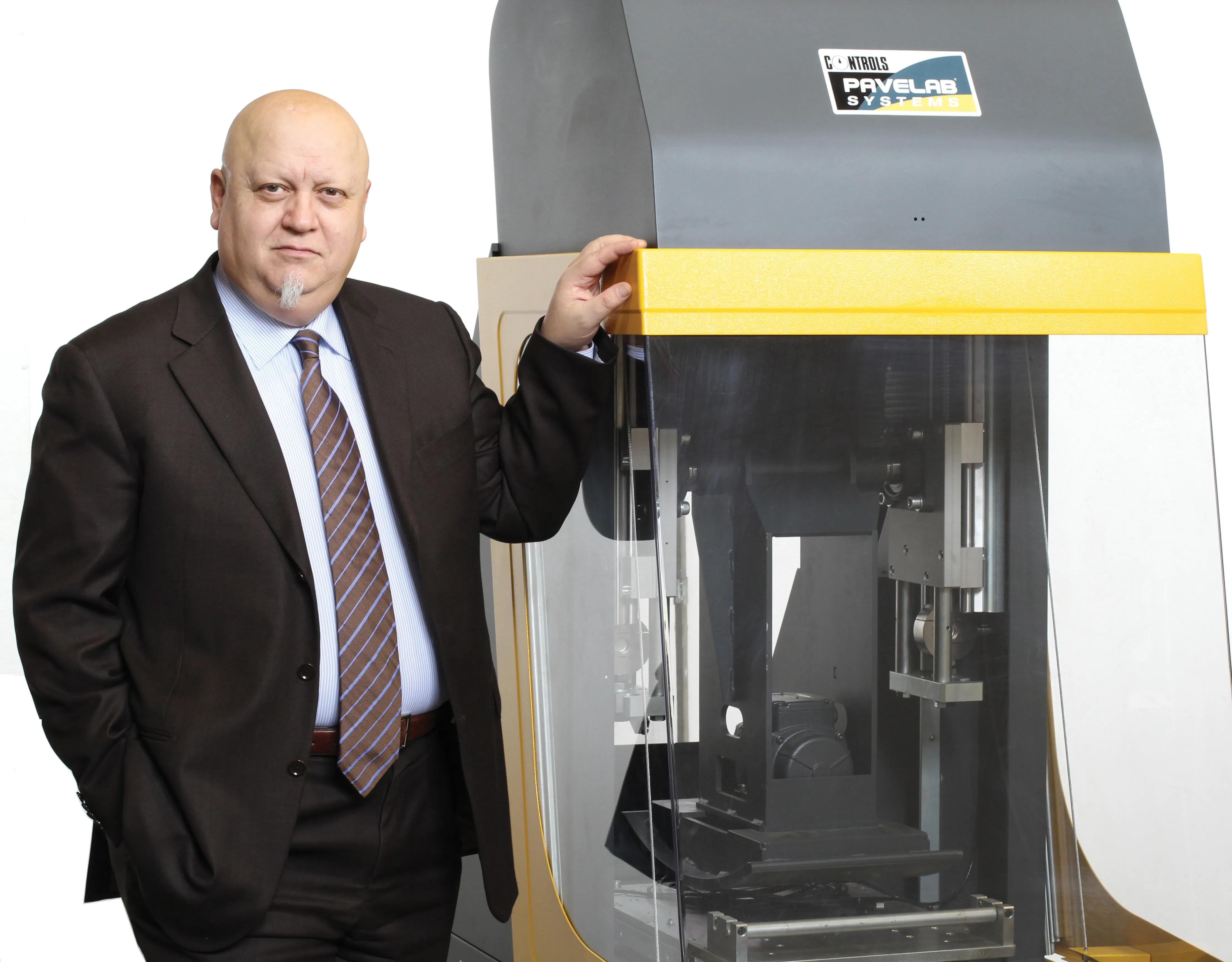A disabled French driver had a terrifying experience when the accelerator pedal on his specially- adapted vehicle failed. The man was making a trip to the supermarket when the accelerator jammed at a speed of 100km/h. But when he tried to brake, the car accelerated instead of slowing down. The driver used his cellphone to call the emergency services and several police cars came rushing to his assistance. The police cars escorted him as he roared along a major highway in Northern France, with t
April 23, 2013
Read time: 2 mins
A disabled French driver had a terrifying experience when the accelerator pedal on his specially- adapted vehicle failed. The man was making a trip to the supermarket when the accelerator jammed at a speed of 100km/h. But when he tried to brake, the car accelerated instead of slowing down. The driver used his cellphone to call the emergency services and several police cars came rushing to his assistance. The police cars escorted him as he roared along a major highway in Northern France, with three toll stations raising barriers to let him through until his vehicle eventually ran out of fuel 200km later, in neighbouring Belgium. The driver is taking legal action against the vehicle manufacturer, saying that he had experienced a problem with the accelerator on a previous occasion and repair work was supposed to have dealt with the issue. He also said that he has had two epileptic attacks as a result of his traumatic experience.







